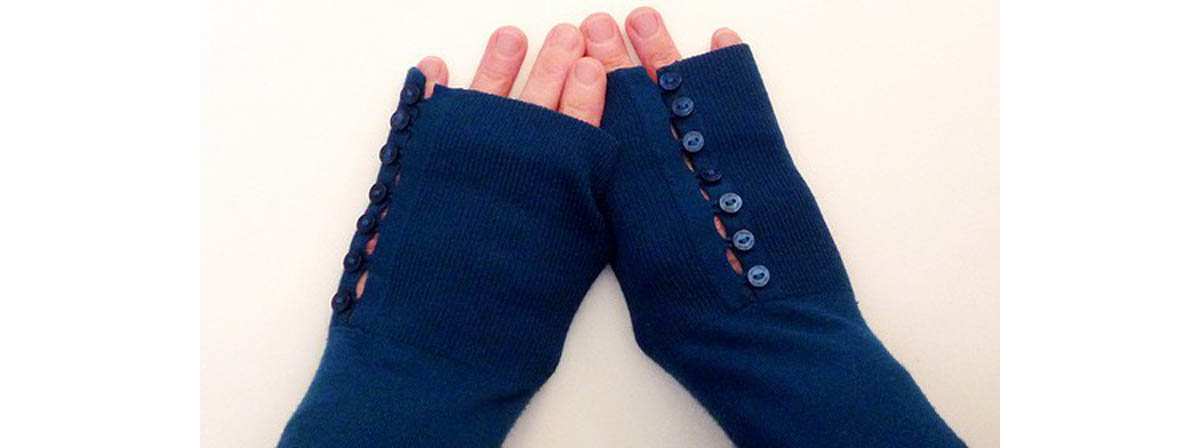Table of Contents
Raynaud's Phenomenon
Raynaud's phenomenon is a condition in which the blood flow to the hands and feet is restricted. It is also known as Raynaud's disease, Raynaud's syndrome, or just plain "Raynaud's". The fingers and toes of patients with this condition feel cold to the touch, and may even turn white or blue! Raynaud's phenomenon doesn't usually pose a serious threat to your health, but it can be very irritating.

Pain, numbness and tingling may accompany your cold and discolored fingers and toes, and people who suffer from Raynaud's phenomenon say that they often feel like crying when they step outside in the winter.
Primary Raynaud's phenomenon is a stand-alone medical condition, while secondary Raynaud's is the direct result of another medical condition, like lupus or rheumatoid arthritis. A chat with your doctor and some blood tests will help you figure out which type you are suffering from.
Raynaud's sufferers can attempt to control their symptoms in various ways. Good gloves and boots in the winter are an obvious solution, and it's even possible to buy battery-heated socks and gloves! Patients may also like to try stress-relief techniques, and those who smoke will want to quit. If these steps don't lead to a noticeable improvement, the drug nifedipine may be a good option for Raynaud's.
Cold Feet: You Could Have Chillblains
Imagine stepping inside, into a comfortable, heated room after a winter hike. Your toes were cold and painful already, but now that they're exposed to heat they actually hurt more. You take your socks off to give your feet a rub or to immerse them in warm water, only to see that your toes are bright red. You probably have chillblains.
Chillblains are small, red and sometimes itchy swellings on the skin of your toes. They make bumping your toes rather painful and can last the whole winter.
The cure? Keeping warm, but that's not always possible. Try thick, woolly socks when you go outside, or try the heated socks mentioned above. Creams are available over the counter, but there is no evidence that they actually work to treat the condition. You should apply a thick cream if your chillblains crack open, however, and watch out for signs of infection as well. As with Raynaud's phenomenon, the drug nifedipine may help you overcome your chillblains.
Chillblains don't usually require medical attention, but people who are really uncomfortable should always see their doctor. Beware: chillblains can become septic in extreme cases. If you believe you're anywhere in that region, this obviously warrants an immediate trip to your family doctor.
Hormonal Imbalances And Nutritional Deficiencies
A low thyroid function can also be responsible for your cold hands and feet. Other symptoms of hypothyroidism include weight gain despite moderate calorie intake, constipation, fatigue and dry skin. Menstruation and the perimenopause have also been associated with cold extremities, believe it or not!
Menstruation involves blood loss, something that can tip women who already had low iron levels over the edge into anemia. That brings us to yet another possible cause of cold hands and feet — iron-deficiency anemia. If you have cold hands and feet without knowing why, getting your thyroid levels tested and your blood examined is likely to lead you to the reason for your problem as well as to the cure. Taking iron supplements can help you get rid of anemia in extreme cases, but sometimes, you just need to focus on eating more iron rich foods.
If you feel you're no closer to an answer now than when you started reading, it's time to check in with your doctor. There's no need to suffer.
- Photo courtesy of Corey Balazowich by Flickr : www.flickr.com/photos/coreyann/1464662163/
- Photo courtesy of rosmary by Flickr : www.flickr.com/photos/rvoegtli/4945930558/

